WASHINGTON - The Internal Revenue Service (IRS) has not taken collection actions on 47
percent of a statistical sample of 62 past-due tax cases that were returned when the Private Debt
Collection Program ended in 2009, according to a new report publicly released today by the
Treasury Inspector General for Tax Administration (TIGTA).
From 2006 to 2009, the Private Debt Collection (PDC) Program collected $98.2 million from
delinquent cases that were considered low-yield and therefore not generally worked by IRS
employees. The IRS initially contracted with three private debt collection agencies to pursue
these collection cases.
When the PDC Program was discontinued in March 2009, the IRS recalled cases with a total
assessed balance of $848.5 million from the remaining contractors. TIGTA reviewed the
effectiveness of collection actions taken by the IRS on taxpayer accounts returned by the PDC
Program.
The IRS did not always pursue collection actions on cases returned to the IRS or analyze the best
practices of the private debt collection agencies in the PDC Program for possible improvement of
IRS collection practices, TIGTA found.
"The IRS must do its best to work these cases, since taxpayers who do not timely pay all their
taxes create an unfair burden on taxpayers who do," said J. Russell George, Treasury Inspector
General for Tax Administration. "This sense of unfairness can erode the public's respect for the
tax system," added George.
TIGTA reviewed a statistical sample of 62 cases returned in Fiscal Year 2009 and found that
collection actions were not taken for 29 (47 percent) of the 62 cases. These cases were not
selected for collection action due to collection policies and inventory assignment practices.
TIGTA estimates that potentially $30.7 million in collections will remain as outstanding
liabilities. In addition, TIGTA estimates that the IRS may not collect an additional
$103.2 million per year, or $516 million over the next five years, from similar cases in its
inventory that would have otherwise been assigned to the PDC Program.
TIGTA also reviewed a statistical sample of installment agreement cases returned during Fiscal
Year 2009 and determined that no collection actions were taken for six (10 percent) of 61 cases
reviewed. TIGTA estimates that potentially $58,000 in collections will remain as outstanding
liabilities. Finally, the IRS did not capture or use PDC Program data and results to improve its
own collection practices.
TIGTA recommended that the IRS:
- Ensure that Collection policy and procedures are reviewed for inventory assignment
practices to determine if cases that otherwise would have been assigned to the PDC
Program can be worked, or consider reinstituting the Program; and
- Evaluate private-collection agency best practices and lessons learned for potential
improvement of IRS collection processes.
In their response to the report, IRS officials partially agreed with the recommendations and stated
that they have begun taking steps to address TIGTA's concerns. The IRS implemented a process
to improve balance-due case prioritization and reviewed collection agency operations to identify
potential best practices. TIGTA is encouraged by the IRS's commitment to improving case
selection and prioritization processes. However, it is still unclear how the IRS would actually
work lower priority cases like those eligible for the Program.

